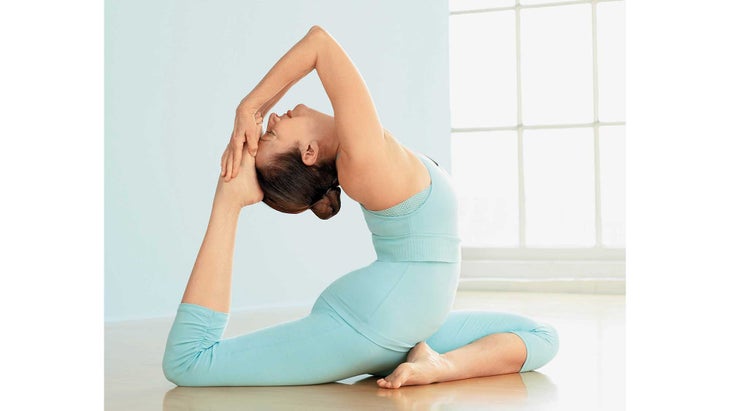Yoga can be a powerful way to improve your health, but there are also ways that it can go wrong. Especially if you’re just starting out, there are many ways that beginning with poor technique and other mistakes can lead to more difficulty improving and deepening your practice. Whether you’re looking to begin yoga on the right foot or looking to take your technique and practice to the next level, these 5 tips will help you improve your yoga practice and set you on the path to success.
1: Warm Up Your Wrists
One of the many advantages of yoga is in bolstering your joint strength and flexibility, especially when it comes to your wrists. This does mean, however, that you should pay special attention to warming up your wrists to help strengthen and maintain those joints. Make a habit of doing a few wrist rolls – forming fists and rolling your hands inward and outward – before your yoga class or when doing yoga on your own. Doing a few yoga moves that will strengthen your wrists every day, such as down dog and plank poses, will also help you to strengthen your wrists and become more comfortable in your yoga practice.
2: Wear the Right Clothes
Investing in the right clothing will make your yoga practice more comfortable and easier to maintain and enjoy. These clothes don’t have to be expensive or complicated, but a few key pieces will make a world of difference. When it comes to sports bras, keep it simple – because you’ll be moving and bending your torso a lot, racerbacks, complicated straps, and bra hooks can easily become an unwelcome irritant. Choosing the right leggings and tops are important, too. Generally speaking, you’ll want to avoid baggy tops and leggings, since they can easily get caught on your body during yoga.
3: Find the Right Equipment
The great thing about yoga is that it can often be done with very little equipment, but that equipment does matter. You’ll want a yoga mat that is textured but gentle – this will help you maintain your grip and balance without sacrificing comfort. If you’re practicing yoga while dealing with joint pain or reduced flexibility, there are also other pieces of equipment, such as bolster pillows designed for yoga, that can help you while you work up to the flexibility required for certain yoga poses.
4: Eat Light
While you may be tempted to eat before class to stave off any stomach grumbles, make sure to eat light if you decide to do so. A full belly can be uncomfortable when doing yoga, especially in the more demanding poses. You should also give yourself some time before your class to digest any food you do eat – this will reduce any discomfort that may happen and reduce the risk of nausea. If you do decide to eat, focus on fruits, veggies, or light but protein-rich snacks such as hard-boiled eggs or nuts. These foods will digest more quickly than carbs or meat.
5: Have a Yoga Ritual
Yoga isn’t just great for your flexibility and physical health, there can also be mental and spiritual benefits when combined with the right mental practices and rituals. Similar to other forms of meditation, yoga can help you to be more mindful, calm, and focussed in your everyday life. In order to facilitate these mental benefits, try to create a ritual surrounding your yoga practice that will separate your exercise from the rest of your busy day. Listening to calming music, light meditation, or having a specific, non-caffeinated drink beforehand can all help you to engage more fully with the mental and spiritual aspects of yoga, not just the physical.
Recent Posts
- Castor Oil For Better Hair Growth: Is It Myth Or Fact?
- Exploring the Differences Between Sermorelin, Ipamorelin, Ibutamoren, GHRP2, and GHRP6: Understanding Their Role in Human Growth Hormone Regulation
- Unraveling the Mystery: Understanding the Causes and Prognosis of Ventricular Tachycardia Without Apparent Heart Disease
- Understanding Grandparents’ Rights in Oklahoma: Navigating Visitation and Legal Protections
- 10 Reasons to Consider Hypnotherapy for Your Health

